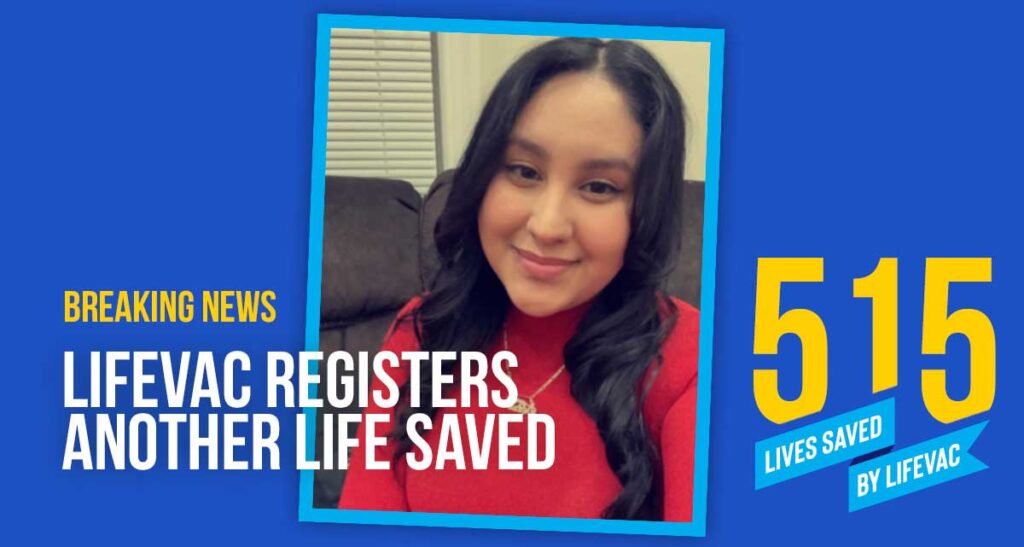As parents, our top priority is ensuring the safety and well-being of our children. While we can’t protect them from every bump and bruise, we can equip them with essential life skills.
One crucial skill that every child should learn is choking prevention.
We understand that sometimes kids can get bored when we talk to them about “boring” things like safety. That’s why it’s essential to approach these topics in a creative and imaginative way, as the learning through play theory suggests.
By making learning fun, we can capture our children’s attention and ensure they absorb vital information.
1. Choking Prevention Storytime
Kids adore stories, so why not incorporate a choking prevention lesson into storytime?
You can choose a children’s book or even create your own story where the main character learns about safe eating habits.
Make it interactive by asking questions like, “What do you think the character should do to stay safe while eating?”
This approach not only entertains but also imparts valuable knowledge.

2. Play with food
Yes, you read that right! Playtime can be a fantastic opportunity to teach choking prevention. Set up a pretend restaurant or picnic, and let your child “serve” food to their stuffed animals or action figures.
Alternatively, you can get creative in the kitchen by making art with fruits and veggies. Use cookie cutters to shape slices of apples, cucumbers, or carrots into fun shapes.
While crafting your edible masterpieces, explain why smaller, manageable bites are safer to eat. Plus, your child gets to enjoy the art they’ve created!
Use this playtime to explain why certain foods should be cut into small pieces or why they need to chew their food thoroughly.
It’s hands-on learning with a side of fun!
3. Role-playing game
Kids love role-playing, so why not introduce a choking prevention role-playing game?
Set up a scenario where your child is the “hero” who knows how to respond to a choking incident.
Use a doll or stuffed animal as the “choking victim” and guide your child through the steps they should follow to “save the victim”.

4. Watch educational videos together
Sometimes, visual aids can be incredibly effective. There are child-friendly videos available online that explain choking hazards and prevention in a way that kids can easily understand.
Watch these videos together and have a discussion afterward.
Encourage your child to ask questions and share their thoughts.
5. Play detective
Turn the lesson on choking prevention into an exciting game of discovery. Let your child play the role of a “Choking Hazard Detective” with a mission to spot potential dangers around the house.
Armed with a list of common choking hazards and colorful stickers, they’ll embark on a hunt to identify and label these items.
This interactive activity not only educates your child about the risks but also turns learning into an engaging adventure!
6. Introduce LifeVac
While teaching your child about choking prevention, it’s equally important to let them know about a remarkable tool that can provide immediate help in case of a choking emergency.
Enter the LifeVac device, a real-life superhero in choking incidents.
You can introduce it as the “Choking Emergency Hero” and explain how it works. Describe how the device uses powerful suction to remove blocked objects from the airway, just like a magical vacuum cleaner that makes sure our little ones can breathe again.
It’s crucial for kids to know where the LifeVac device is stored in your home. You can even make a game out of it, encouraging them to find and remember its location.
Teaching your child about LifeVac not only empowers them with knowledge but also reinforces the importance of having this lifesaving device readily available at home.
So, remember, alongside teaching about choking prevention, let’s introduce our kids to our “Choking Emergency Hero,” LifeVac, and ensure they know where it stands ready to save the day.
If you haven’t got your own LifeVac device yet, you can click here to buy it now.



